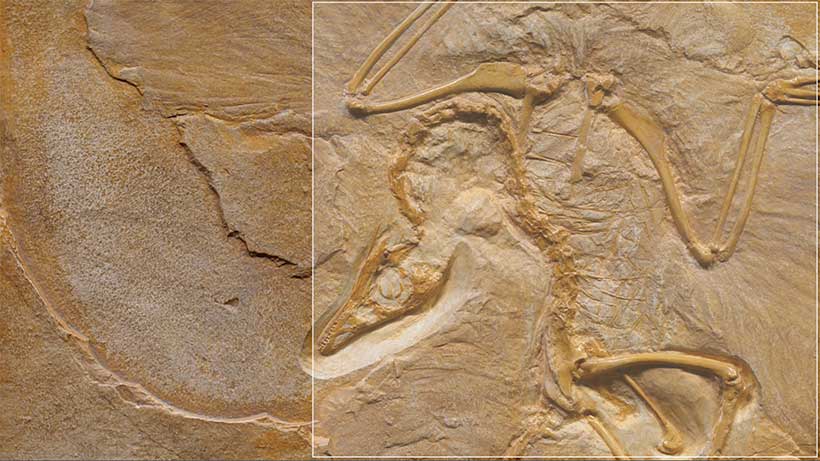How Image Annotation Services can Support Archaeologists

Finding and preserving archaeological history is a vital task. Historical sites must be found so that they can be protected, valuable archaeological items must be identified so that we can learn more about the past, and the human remains of our ancestors must be safeguarded. The internet has led to a proliferation of archaeological images that need to be analyzed and categorized.
Manually sorting through thousands of images represents an enormous investment of time for professors and grad students. In response to this need, machine learning innovators have begun to deploy computer vision based models in an attempt to automate the analysis of archaeological imagery.
This blog will examine three specific use cases for AI in archaeology. Annotated training data is a vital part of the success of each of these applications. In each instance we will show how outsourcing to professional annotation providers can help to further the development of this important technology.
Locating archaeological sites
Satellite imagery can be used to identify the tell tale shapes in the landscape that indicate the presence of ancient dwellings or burial sites. The presence of mounds or circular structures can be interpreted by experts, allowing locations of historical importance to be safeguarded.
However, inspecting thousands of these images is labour intensive, and is not the best use of expert’s time. Machine learning algorithms can be trained to distinguish the shape of particular structures of interest amongst the many other shapes in satellite images. This technology allows large areas to be surveyed quickly.
The continued improvement of automated archaeological survey systems will require more annotated datasets. Due to the specialised nature of these images verification of labels is required. Annotation providers, like Keymakr, are experts at finding and engaging specialists who can verify annotations with a high level of accuracy.

Identifying pottery fragments
Recognizing pottery during archaeological digs can be difficult and laborious, small fragments are even harder to identify. However, it is essential because the type of pottery at a site can provide researchers with a huge amount of information about the time period and purpose (private home, merchant building etc) of a particular archaeological location.
As a consequence archaeologists spend a great deal of time comparing pottery to examples in large catalogues. Partially automating this process could save researchers an enormous amount of time, and increase the rate at which historical sites are surveyed. Digitizing pottery catalogues and creating annotated training datasets allows computer vision models to quickly identify even small fragments.
Labeling the vast collections of images that make up archaeological catalogues takes time. Annotation services can help companies and other organisations dramatically increase annotation speed. Keymakr’s in-house annotation teams can produce datasets quickly, whilst maintaining a commitment to precision and quality control.

Protecting human remains
Unfortunately there is an online market for human bones. Bones contained in museum collections must be returned to their ancestors, however, there is a demand for these remains amongst anonymous, private collectors and this has led to the despoiling of historic sites and even graves.
Image annotation and recognition AI is able to search through thousands of online images and recognize when human bones are being advertised and purchased. This will allow authorities to track down these illegally acquired remains and return them to where they belong.
Any sensitive image data, such as human bones, requires high security standards when it is being annotated for training data purposes. Keymakr employs strict data security procedures, including VPNs and encryption, to ensure that valuable or proprietary data is safeguarded throughout the annotation process.
Contact a team member to book your personalized demo today.



